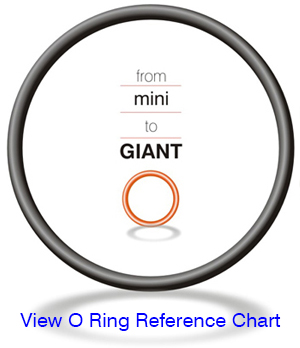Dimensions

The Tolerances Table (BS 3734) gives a brief background to rubber moulding tolerances. Tighter limits can be achieved (particularly with injection moulding) by slowing the process and moulding under minimum stress conditions. Limiting the number of cavities and shortening the flow path for the rubber also gives improvements, but clearly all these measures have a commercial cost.
Tolerances in rubber are generally less critical as the material deforms readily and accommodates variations. In fact, errors in measuring rubber can be significant and non-contact methods should be used wherever possible.
When designing tooling, critical dimensions should be taken into account to minimise the effects of tool split lines and flow. Stresses built up while the material flows can be moulded in if curing begins before the rubber is relaxed. On removal from the mould the part will distort accordingly, resulting in lower dimensional capabilities.
The Tolerance Table for BS 3734 moulding tolerances are included in this site. M2 tolerances are normal commercial tolerances and can be met by most rubber materials. M1 tolerances can be achieved through careful design and consideration. Production rates may be affected in some instances and good tooling and equipment is required. Particular attention should be given when using high shrinkage materials such as Silicones, Fluoroelastomers and peroxide cured rubbers.
Products
- Rotary & General Sealing
- O Rings
- V Rings
- Hydraulic Rod Seals
- Wiper Seal
- Hydraulic Others
- Pneumatic Seals
- Pneumatic Rod Seals
- Piston Seals
- Rubber Sheets
- Expansion Joints & Bellows
- Fabric Bellows
- Gaskets
- Rubber Plastic & PVC Caps
- Engineering Plastic
- General Products
- Custom Made Rubber
- PTFE Products
- Pu Products
- Diaphragms
Technical Data
© Mech Spares Pvt. Ltd. All rights reserved.
Website Design by EWEBAC


